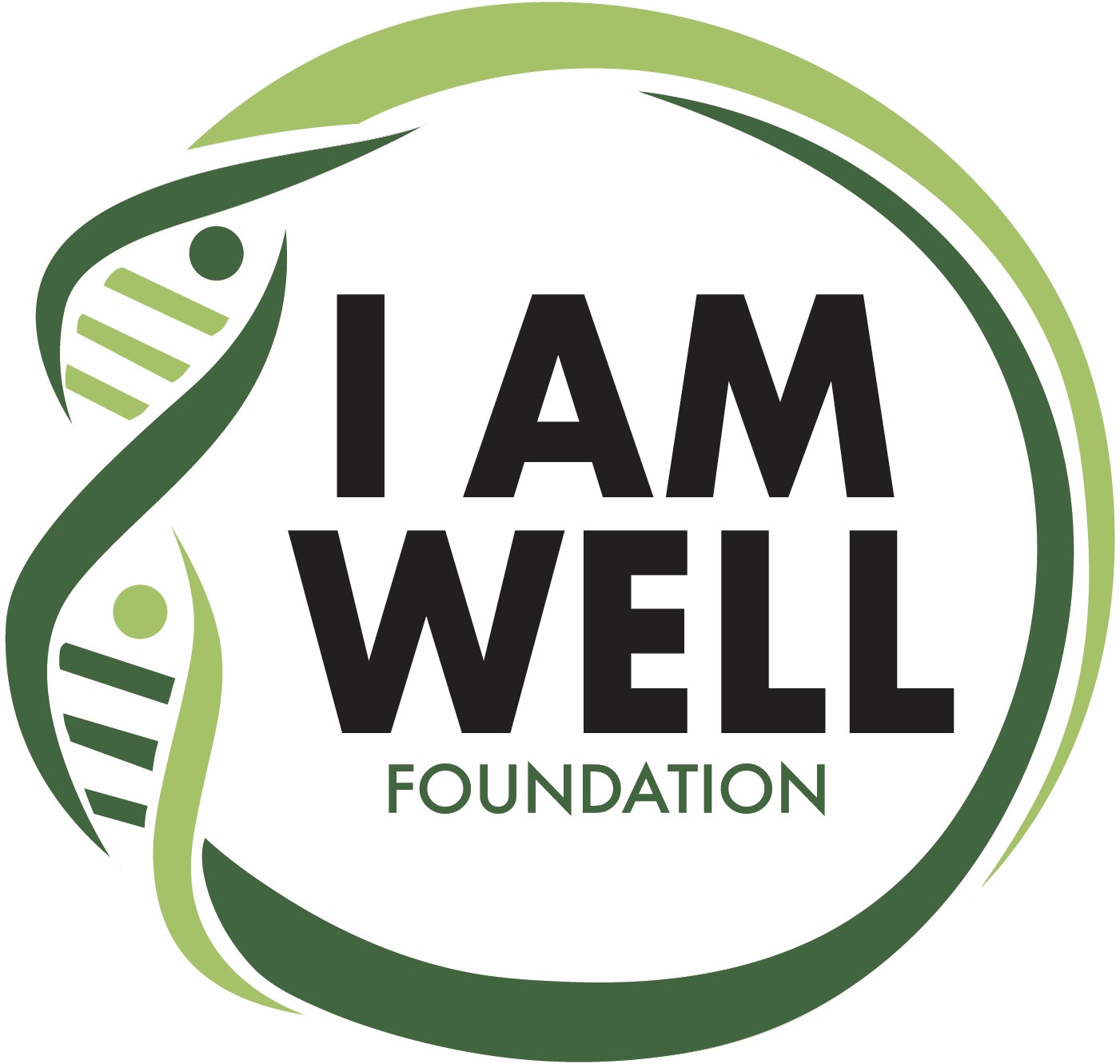MUSCULAR
The muscle system includes the skeletal, smooth and cardiac muscles. It permits movements of the body, maintains posture, circulates blood, and is controlled by the nervous system, although some functions are autonomous. Skeletal muscles move bones, cardiac muscles contract the heart, and smooth muscles maneuver hollow body parts, such as the intestines, stomach, arteries, blood vessels, and airways.
Signs of Optimal Health & Wellness
When fully thriving, indicators include:
- A healthy heart rate
- Excellent blood circulation throughout the body
- A healthy blood pressure
- Skeletal movements are fluid and pain free, and include a full range of motion
- Proper functioning of the intestines, stomach and airways, arteries, and blood vessels
Warning Signs
Warnings from the muscular system include:
- Fluid buildup (cardiac muscle)
- Shortness of breath (cardiac muscle)
- Muscle spasms
- Involuntary contractions, dilations, or complete non-responsiveness
- Decrease in mobility
- Muscle pain or stiffness
- Decreased range of motion
- Instability
SELF EVALUATION
Regularly assess fluidity and ease of motion and movements, breathing, bowel movements and inflammation or fluid buildup. Ensure proper hydration, nutrients and daily cardiac activity to promote ease of movement and blood flow. Daily stretching, regular massage and yoga can help to keep the muscular system in shape.
SELF-CARE
- Healthy eating
- Hydration
- Exercise
- Stretching
GET SUPPORT
In certain cases, muscular dangers require immediate intervention. This includes shortness of breath, chest pains, loss of control of movements, chronic high blood pressure, and/or erratic heartbeat. In these cases, seek immediate medical attention. Prevention and healthy living support include:
EMERGENCY
If you have signs of heart attack, severe body or muscle pain, or shortness of breath:
- Dial 911; or
- Go the nearest hospital emergency room
